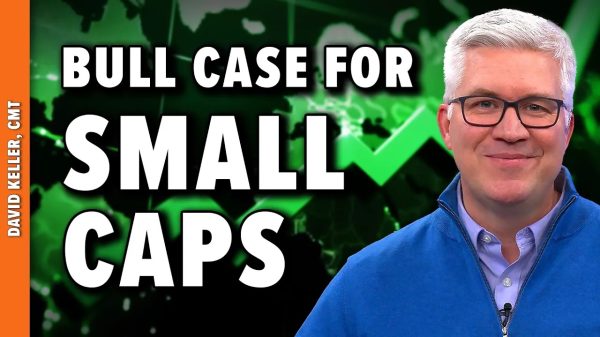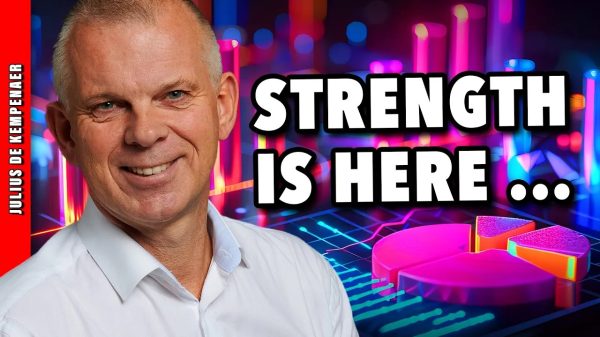Chairman of the Federal Reserve, Jerome “Jay” Powell, recently sent mysterious shock waves into financial markets with comments that suggested that Fed rate cuts might come sooner than expected.
Stock and bond markets took this as a good sign. They were already in a Santa Claus rally and broke out to new highs for the year. The interest rate on ten-year government bonds, which had already fallen by almost 1 percent since October, threatened to break support and go even lower. Financial journalists were all smiling with exuberance talking about the “Fed’s pivot.”
However, so far, this is just talk of a Fed pivot, not the actual Fed pivot, and its talk about the suggestion of a possible pivot. Most importantly, it’s all just talk that is positively goosing markets in the direction that Jay Powell wants: gains in stock and bond prices and lower interest rates in the economy heading into an election year. Investors, governments, and incumbent politicians love it. Incumbent politicians hope it all lasts past election day and they usually get their way.
From the Fed’s position, this will help them maintain three things:
1. Their “higher for longer” sloganeering,
2. The “soft landing” scenario,
3. And most importantly, the Fed’s effort to reestablish its reputation, which was tarnished by their claim that the double-digit inflation from last year was only “transitory” as well as their tarnished image as a white knight, or economic savior, that is always ready, willing, and able to save the system.
I must admit that incumbent politicians usually get their way in election years and that they get unusually cooperative and bipartisan when it comes to election year politics. I’ve also admitted on previous episodes that the worst of the next economic crisis will probably get papered over until after the next election, especially the call of an official recession.
However, that is still going to be a tricky maneuver this year, given the contractionary and recessionary condition in the US, China, and most of the world. Especially with the European Union and New Zealand already slipping into recession.
I will do a recap of the economy in the next episode, but this episode will concentrate on longer term historical experience. This experience points in the general direction of an economic crisis ahead. It certainly does not point to the rosy outlook that markets seem to see.
We start this analysis with the historical experience regarding the Fed’s business cycle in the US economy during the post–World War II era. This is the period when the US dollar is the preeminent world currency, the US economy is the world’s economic superpower, and the Fed is the most important central bank in the world and the primary driver of world business cycles.
The first pattern that emerges is that unemployment hits a cyclical low just prior to official recessions and economic crises. Labor markets look unusually good just before they become very bad.
The second pattern that emerges is that the Fed reacts to bad economic conditions by cutting the federal funds rate, which is the base policy interest rate in the economy. This is when the Fed poses as a white knight, saving the economy, when in fact it caused the problem in the first place.
From World War II to the new millennium, the Fed’s rate cutting pattern was generally coincidental with recessionary periods in that the cuts started to occur during periods that would later be officially labeled recessions.
From 2000 to the present, the Fed’s rate cutting started to take place in advance of the official recession periods, preemptively, like they knew something was coming and were taking preemptive measures.
With no noteworthy exceptions, historical experience shows a lockstep linkage between recessions and the Fed changing policy in the direction of cutting its policy interest rate: the federal funds rate of interest.
I want to emphasize this: this change of policy of lowering interest rates is the “Fed pivot” everyone is talking about. However, this Fed pivot has historically ushered in bad economic times for most folks.
Of course, after they have overdone this policy of cutting interest rates and created an artificial expansion in the economy, possibly a stock market bubble, there is the other type of Fed pivot when they begin to raise rates again to supposedly to curb the higher rates of price inflation they have caused in the economy. The only other possible case is the Goldilocks scenario of a soft landing, but we don’t have historical experience to discuss that situation.
A stable stock and bond market could mask worsening conditions in the economy in 2024. So could very low unemployment rates that have been caused in part by the large reduction in the labor force caused by covid policies. A future article will explore some of the possible excuses that might be used to explain away the failure to achieve the soft landing and to set the stage for the “white knight.”






















